Islam, a religion embraced by over 1.9 billion people, is woven into the cultural fabric of nearly every corner of the globe. While the foundations of Islam remain universal—anchored in the Five Pillars and the Quran—the way it is lived, celebrated, and expressed reflects the incredible diversity of its followers. From colorful festivals to awe-inspiring architecture, the rich traditions of Muslim communities worldwide offer a window into the beauty of cultural adaptation.
This blog takes you on a journey across continents, showcasing how Islam unites its followers while allowing space for vibrant cultural expressions.
The Shared Roots of Islam
At its heart, Islam is a religion of unity. The Five Pillars—Shahada (faith), Salah (prayer), Zakat (charity), Sawm (fasting), and Hajj (pilgrimage)—are practiced universally, creating a shared identity among Muslims worldwide.
Yet, beyond these shared principles, the global Muslim community thrives on the cultural diversity that reflects local histories, traditions, and languages. Understanding this blend of unity and diversity enriches our appreciation of Islam as a living, breathing faith that adapts to different contexts while maintaining its core values.
Southeast Asia
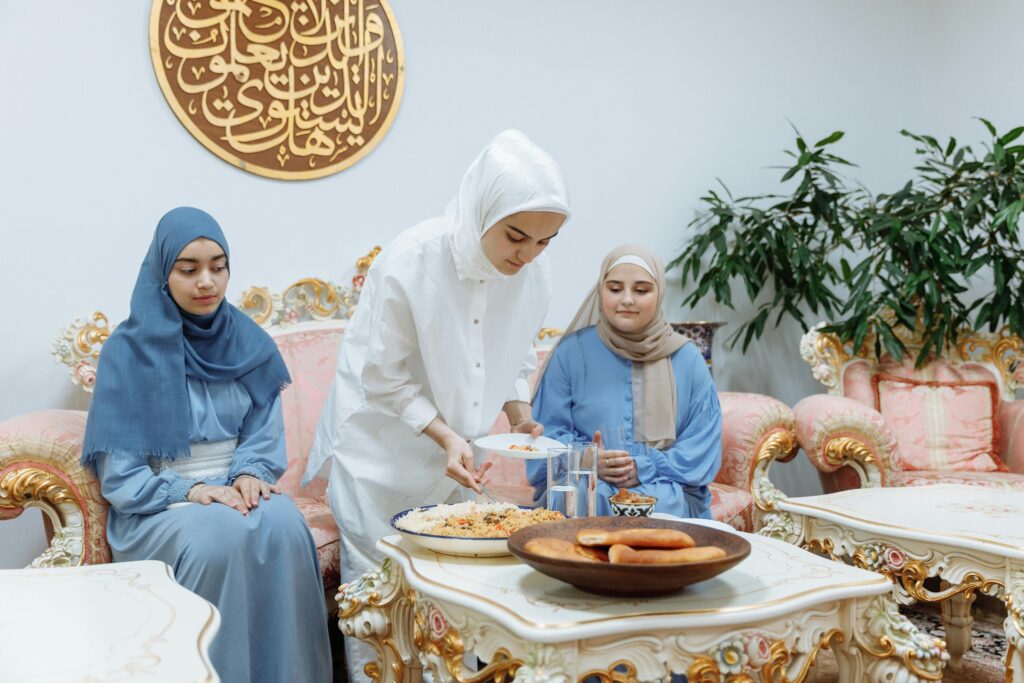
Southeast Asia is home to the largest population of Muslims, with Indonesia alone accounting for over 230 million followers. Here, Islam blends harmoniously with local traditions:
- Indonesia: Muslims celebrate Selamatan, a communal prayer and feast for special occasions, showcasing the community spirit central to Islam.
- Malaysia: During Eid al-Fitr, families gather for balik kampung (returning to one’s hometown), and meals like rendang and ketupat are shared as symbols of gratitude.
- The Philippines: In Mindanao, the Muslim population celebrates Islamic holidays with colorful festivals and traditional dances, reflecting their deep-rooted cultural identity.
The Middle East

The Middle East, where Islam was born, preserves traditions that remain timeless:
- Traditional garments like the thobe, abaya, and keffiyeh symbolize modesty while reflecting cultural identity.
- Ramadan, the holy month of fasting, is celebrated with grand iftar feasts, nightly prayers (Taraweeh), and festive decorations in homes and public spaces.
- Architectural masterpieces like the Kaaba in Mecca and the Al-Aqsa Mosque in Jerusalem are spiritual and cultural landmarks.
South Asia
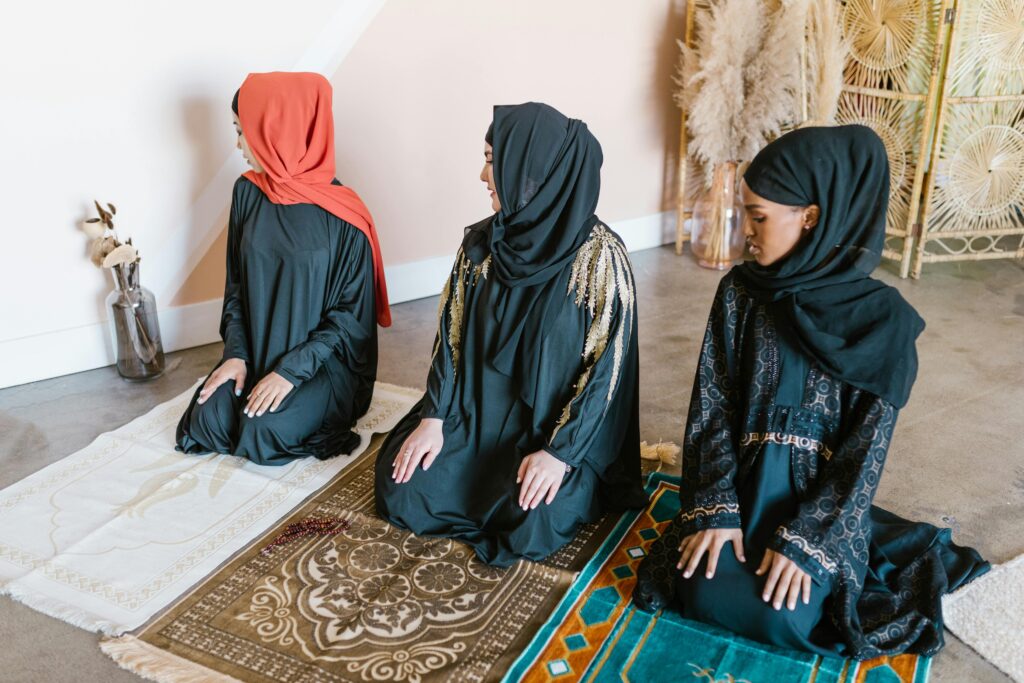
South Asia’s Muslim population is vibrant, blending centuries-old traditions with Islamic teachings:
- Weddings are grand events, filled with colorful attire, henna designs, and a mix of Islamic and local customs.
- Sufism, a mystical branch of Islam, thrives in the region. Shrines like Ajmer Sharif in India and Data Darbar in Pakistan attract millions of devotees seeking spiritual guidance.
- Festivals such as Eid are marked by elaborate feasts, traditional sweets like sheer khurma, and charity, reflecting Islam’s emphasis on community welfare.
Africa
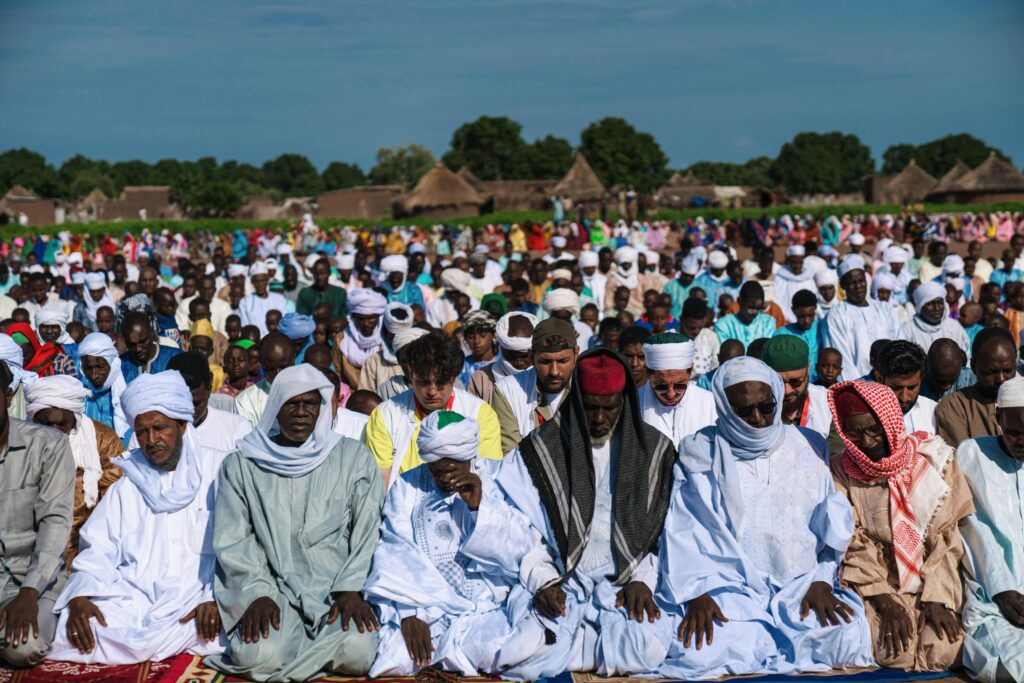
Africa’s Muslim communities are as diverse as its landscapes:
- In North Africa, mosques like the Hassan II Mosque in Morocco showcase Islamic art and architecture’s grandeur.
- Sub-Saharan regions blend Islam with indigenous traditions. For instance, the Durbar Festival in Nigeria celebrates Islamic holidays with parades and horseback processions.
- Senegal’s Grand Magal of Touba honors Sufi saints, emphasizing spirituality and unity.
Central Asia
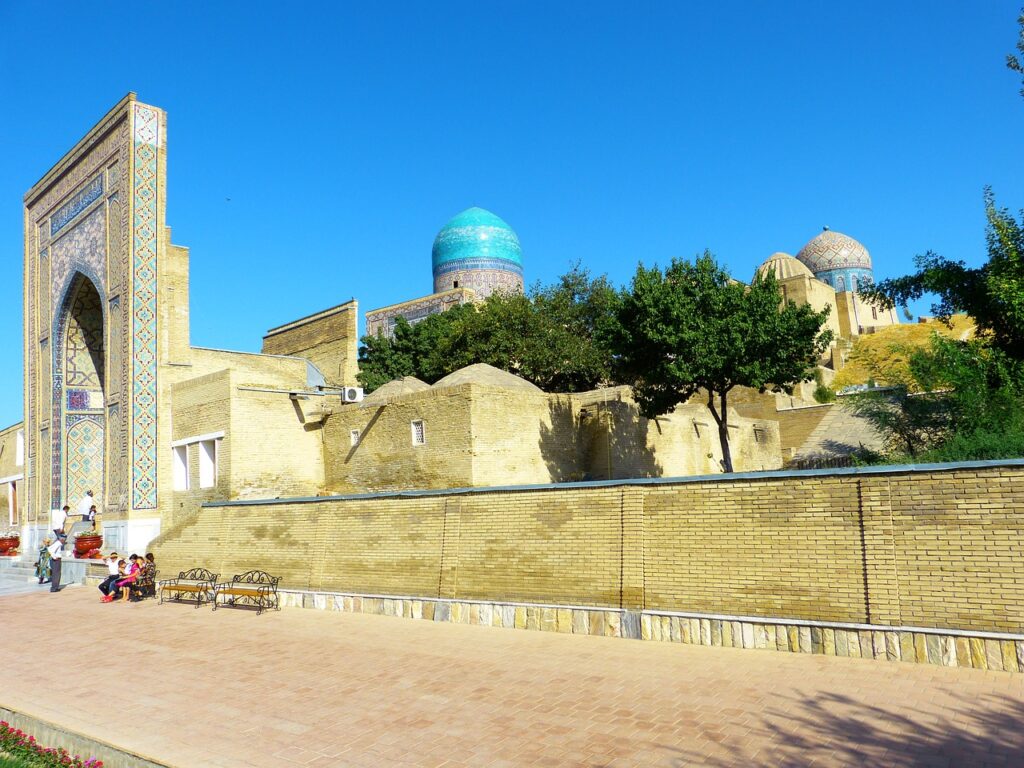
Central Asia, once a hub of the Islamic Golden Age, boasts a rich Islamic history:
- Uzbekistan’s Samarkand and Bukhara are home to ancient madrasas and mosques that reflect the region’s intellectual contributions to Islam.
- Navruz, a spring festival celebrated in many Central Asian countries, highlights the harmony between pre-Islamic and Islamic traditions.
Europe
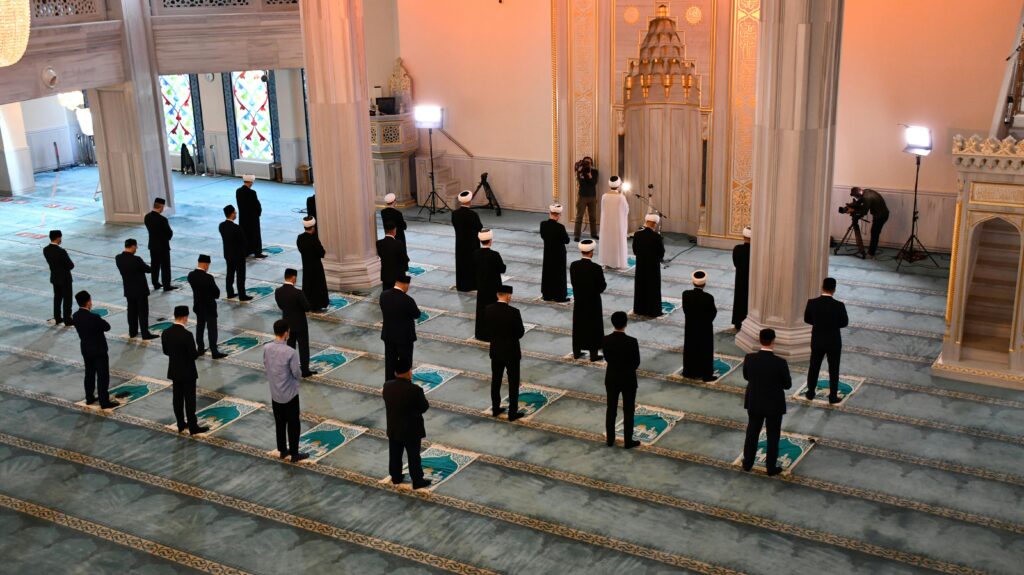
Europe’s Muslim population, though a minority, is vibrant and growing:
- Festivals like Eid al-Fitr and Eid al-Adha bring communities together in mosques, parks, and homes.
- Young Muslims are redefining their identity through art, fashion, and activism, fostering a contemporary expression of Islam.
- Landmarks like the Great Mosque of Paris reflect the historical presence and contributions of Muslims in Europe.
North America
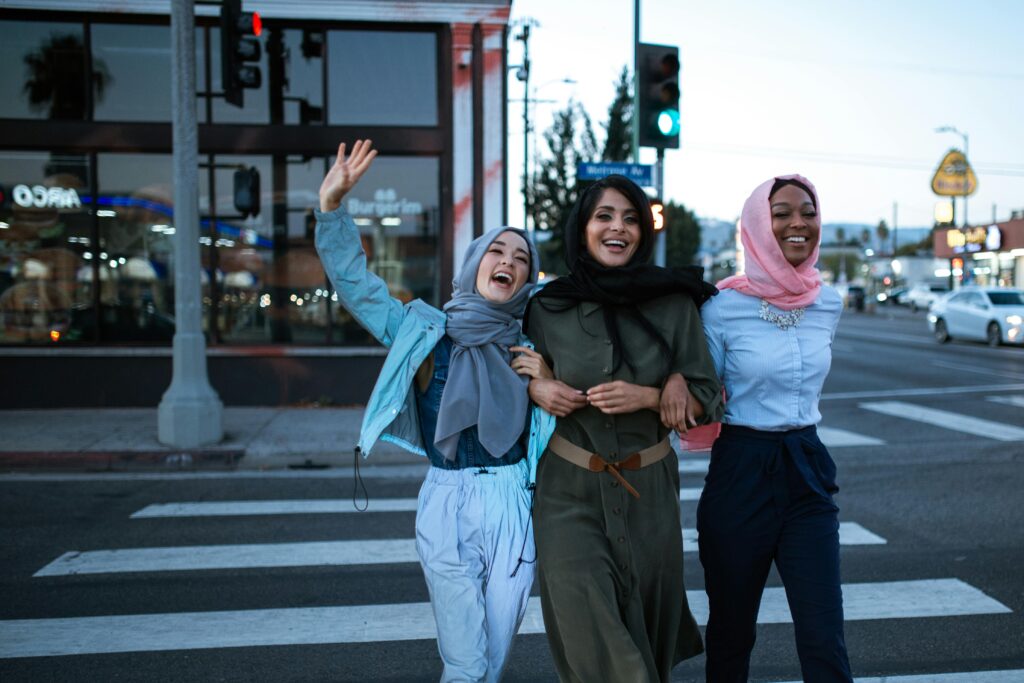
In the U.S. and Canada, Muslims represent one of the most diverse religious groups:
- Community iftar dinners and open mosque events foster interfaith understanding.
- Celebrations like Islamic Heritage Month highlight the contributions of Muslims in fields like science, art, and politics.
- Mosques serve not just as places of worship but also as community hubs, offering programs for education and social welfare.
Islam is a testament to the beauty of diversity within unity. While its core principles remain universal, the cultural expressions of Islam around the world highlight the adaptability and richness of the faith. By exploring these traditions, we gain not only a deeper understanding of Islam but also an appreciation for the cultural diversity that enriches our world.
As you journey through the global Muslim community, remember that every custom and celebration is a reflection of faith’s ability to inspire and adapt, bridging gaps and fostering connections across cultures.



